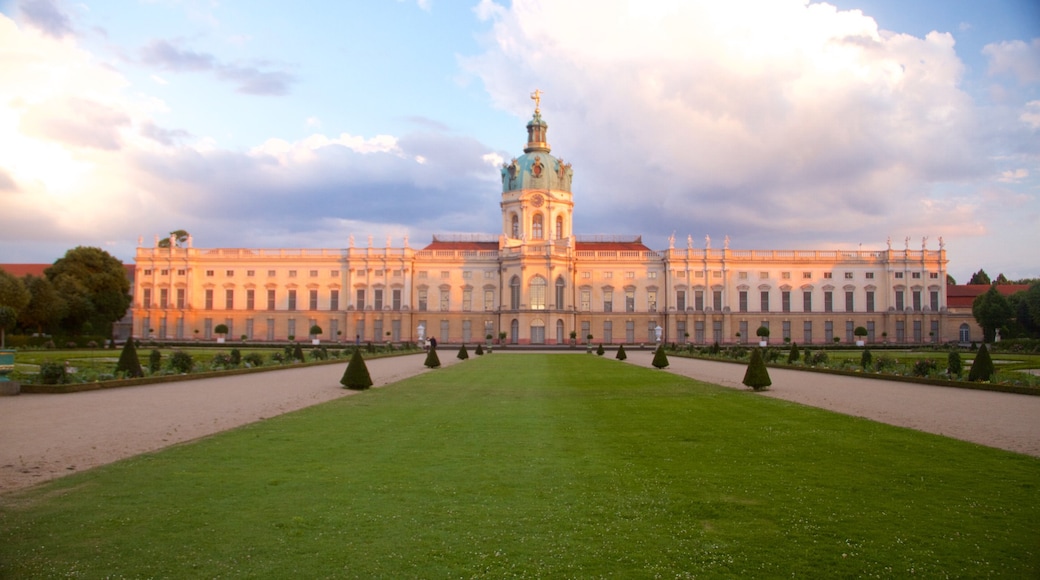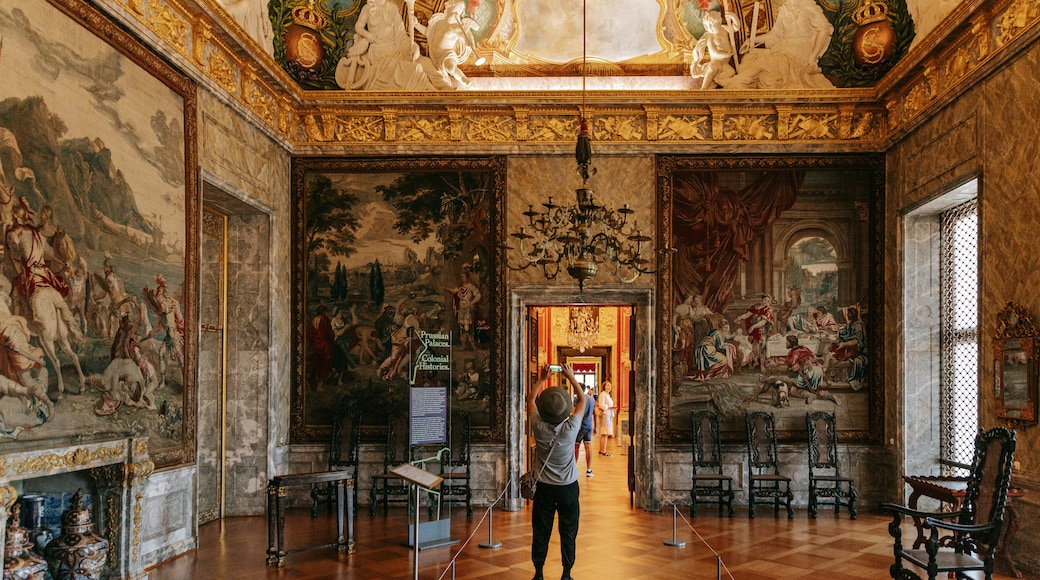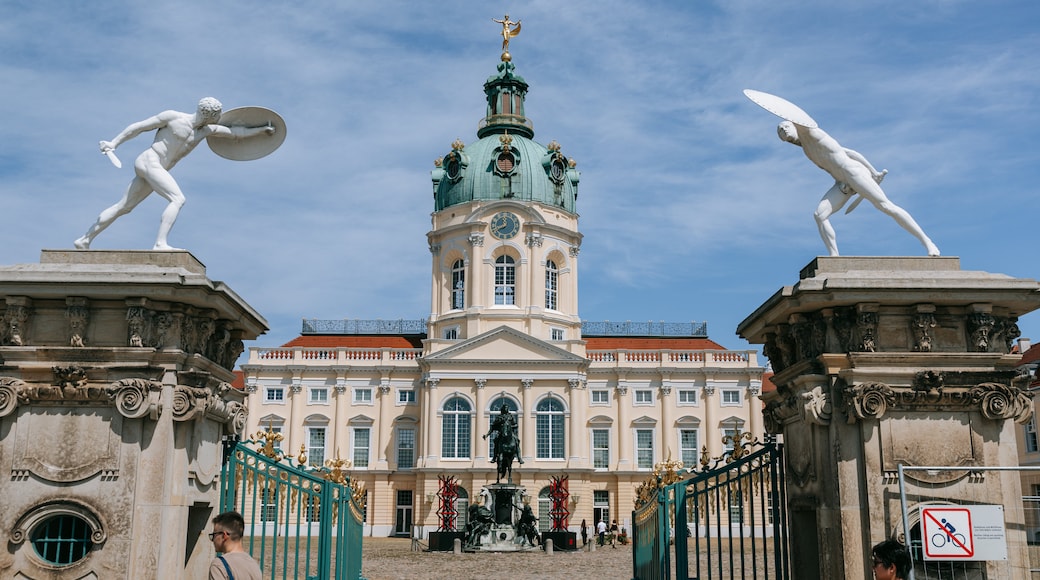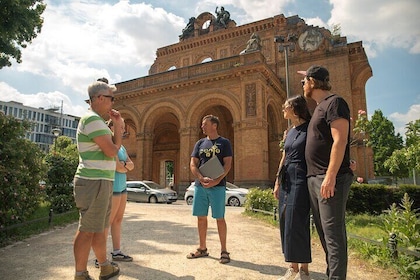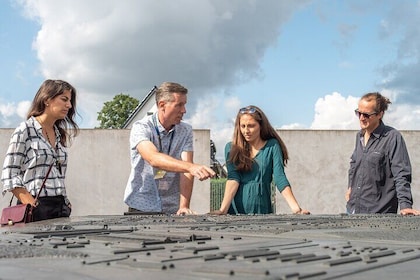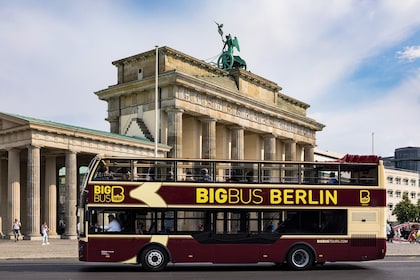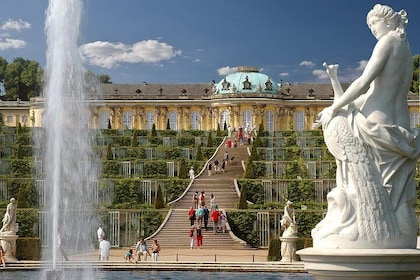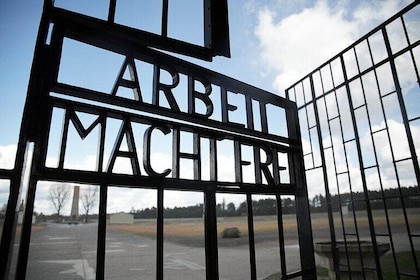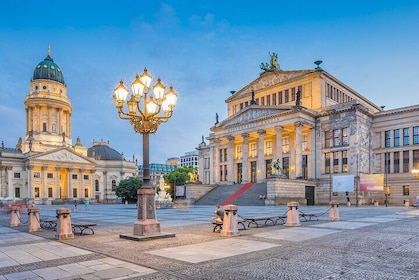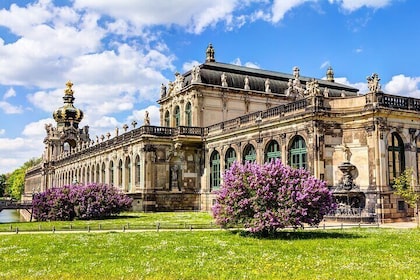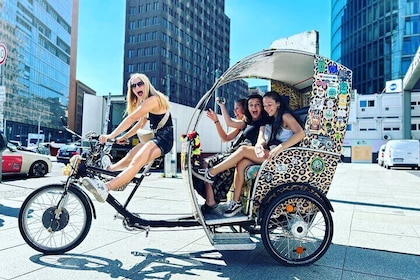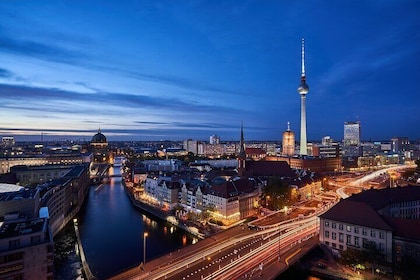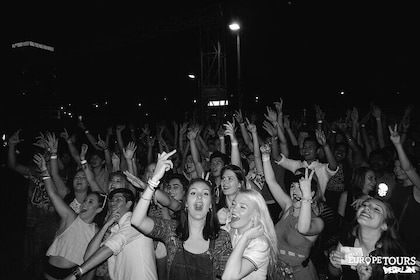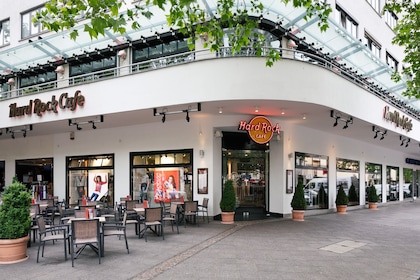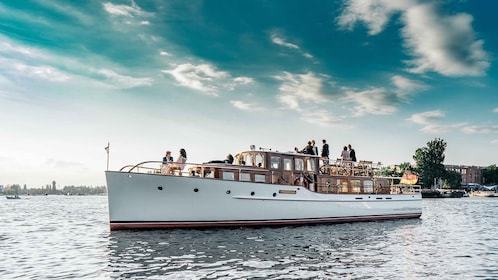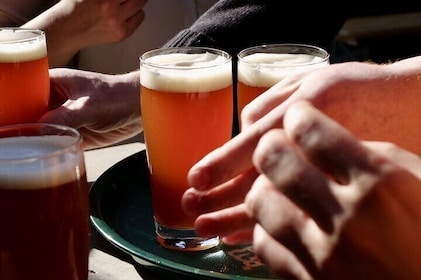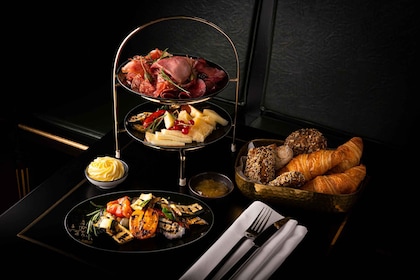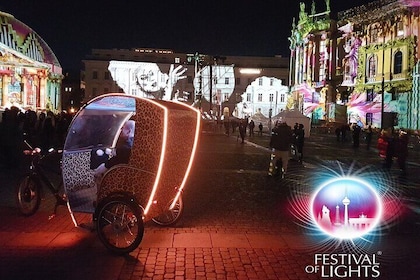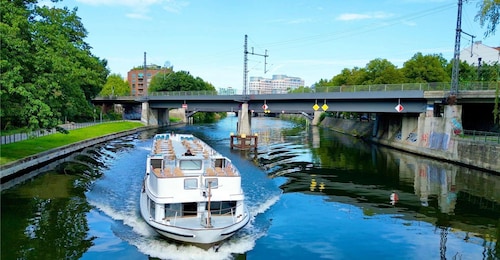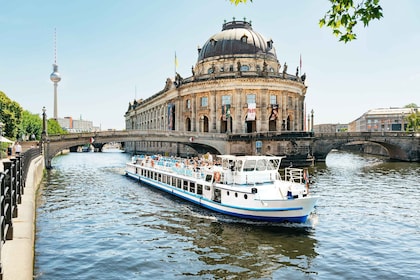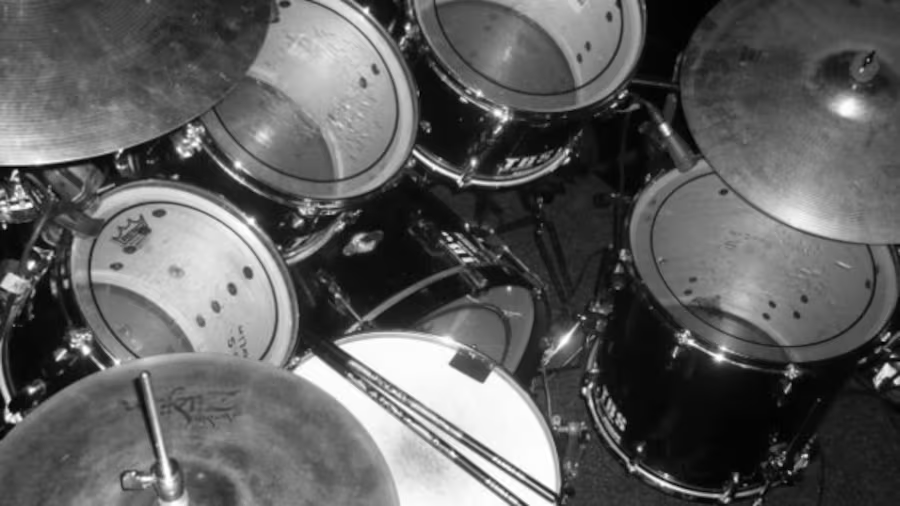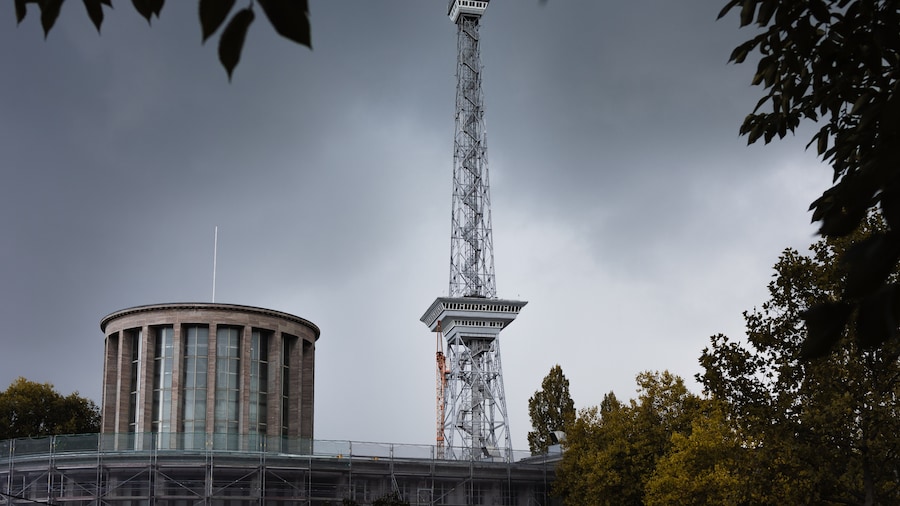Feel like royalty for a day in one of Europe’s grandest palaces, which was almost 200 years in the making.
Schloss Charlottenburg was constructed at the end of the 17th century as a summer residence for Queen Charlotte of Prussia, and is one of the most spectacular and beautiful examples of Baroque and Rococo architecture. The palace has been through an eventful history, with the buildings and gardens being largely destroyed towards the end of the Second World War. Luckily the buildings were meticulously and fully restored after the Second World War.
Entering the palace through the main gates presents you with the impressive sight of two statues of duelling swordsmen frozen upon either gate post. Throughout the grounds there is plenty to look at, and photographers will delight in the views, with the gilded statue of Fortuna, crowning the 48-metre high cupola, a particularly extravagant and attractive sight.
Once inside this magnificent building, there are many corridors, rooms and chambers to explore. One of the most exquisite is the Reception Chamber, which features vaulted ceilings and ornate tapestries. Within the Porcelain Chamber, oriental ceramics are on display, including some the most exquisite examples of Far Eastern interior design anywhere in the world.
Take an audio tour around the palace to learn about some of the stories behind the magnificent and opulent setting. The New Wing of the Schloss Charlottenburg is also a museum containing fascinating art exhibits. Finally, a trip to the Schinkel Pavillion is recommended. This Italian-style summer villa is home to a collection of attractive art from the 19th century.
There is a well-stocked restaurant on-site, the Kleine Orangerie, where frequent classical music concerts are played for patrons’ entertainment. Entry to the palace gardens are free, and the Schloss Charlottenburg is located 15 minutes on foot from adjacent U-Bahn and S-Bahn stations.
